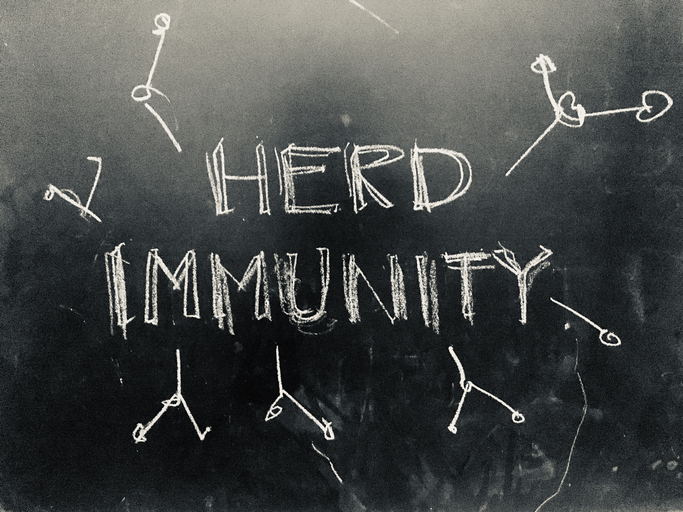By Kevin Pham, M.D. and Robert Moffit
When it comes to COVID-19 policy, President Joe Biden has clearly opted for a go-slow approach.
If we “follow the science,” though, it’s apparent that he’s being too cautious. In his first prime-time address in office, Biden addressed the state of the COVID-19 pandemic in America and expressed hope that family and friends could gather once again by Independence Day. But Biden immediately hedged, adding that this “doesn’t mean large events with lots of people together, but […] small groups will be able to get together.”
This is an overly cautious view, especially as the country has administered more than two million doses daily on average since early March. As the recently authorized Johnson & Johnson vaccine ramps up deliveries, the pace of vaccinations will only accelerate further.
Follow the Data
As of this writing, the average daily number of new cases has decreased by 78 percent in just two months’ time. Since January 12, 2021, the seven-day average of hospitalizations has declined by almost 64 percent.
January was indeed a deadly month, with a record high of 95,000 deaths, and in February, the country surpassed one-half million deaths due to COVID. But deaths have been on a sustained decline since then, decreasing by 59 percent, and are expected to continue to fall alongside the drop-in cases and hospitalizations.
The continuing drop in case numbers and hospitalizations is more than likely indicative of an approach to herd immunity—that is, the proportion of people in a population who need to be immune to infection for it to stop spreading. Indeed, Marty Makary, M.D., of the Johns Hopkins Bloomberg School of Public Health, a top expert in the field, believes America could achieve herd immunity as early as April.
Confusing Leadership
Perhaps with his eye on the end of the pandemic, the president cited the high rates of daily vaccination—between one and two million per day—and that all American adults would be eligible to get a shot in the arm by May 1.
Biden also proudly announced that his administration would soon issue guidance on “what you can and cannot do once fully vaccinated, to lessen the confusion, to keep people safe, and encourage more people to get vaccinated.”
Let us help lessen the confusion: those who are fully vaccinated—and therefore given nearly 100 percent protection against death or severe illness and over 90 percent protection against even infection—should return to their normal daily lives one or two weeks (for the Pfizer or Moderna vaccines respectively) after they receive the full course of the vaccine.
A Head Start
Of course, when Biden took office, the Pfizer vaccine was authorized for barely more than one month, and the Moderna vaccine for slightly less than that. Furthermore, these vaccines only exist because of the efforts of the previous administration’s herculean efforts, epitomized by “Operation Warp Speed,” one of the most impressive triumphs in the history of public health. It resulted in the development of vaccines in months rather than years.
Even Biden’s announcement of the purchase of 100 million doses of the Johnson & Johnson vaccine is following the lead of the Trump administration’s agreement to purchase 100 million doses of the Pfizer vaccine back in July 2020.
In addition, Biden came into office with a vast array of newly authorized drugs, therapeutics, and diagnostics for SARS-CoV-2, as well as a year’s worth of lessons learned in the treatment of COVID-19.
With all of this at Biden’s disposal, America should be looking forward to the end of the pandemic. Vaccinating all adults by May 1 is a good way to build on gains already made.
The goal should be nothing less than the full reopening of every state or territory in America. Not only would this be better as a matter of leadership, but it would also be more prudent in its own right.
The administration’s timid vision is not without its own harm, separate from the real dangers of COVID-19. The economic harm of lockdown measures is readily seen in any downtown area, but less visible is the deteriorating mental health of Americans, particularly in children.
As Biden said, conditions may change that set us back in the fight against COVID-19. Nothing, however, as of yet, not even new variants of the virus, has truly threatened the tremendous progress we have made. The definitive end of the pandemic may be near and perhaps soon, a truly hopeful reality.
Kevin Pham, M.D., is a visiting policy analyst with The Heritage Foundation. Robert E. Moffit is a senior fellow with The Heritage Foundation. This article originally appeared in the Tyler Morning Telegraph and on Heritage.org on May 16. Reprinted with permission.





















